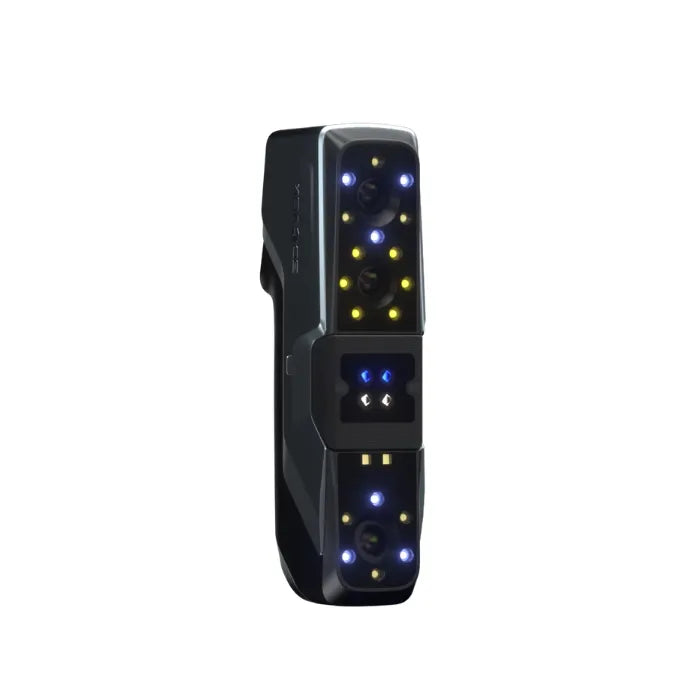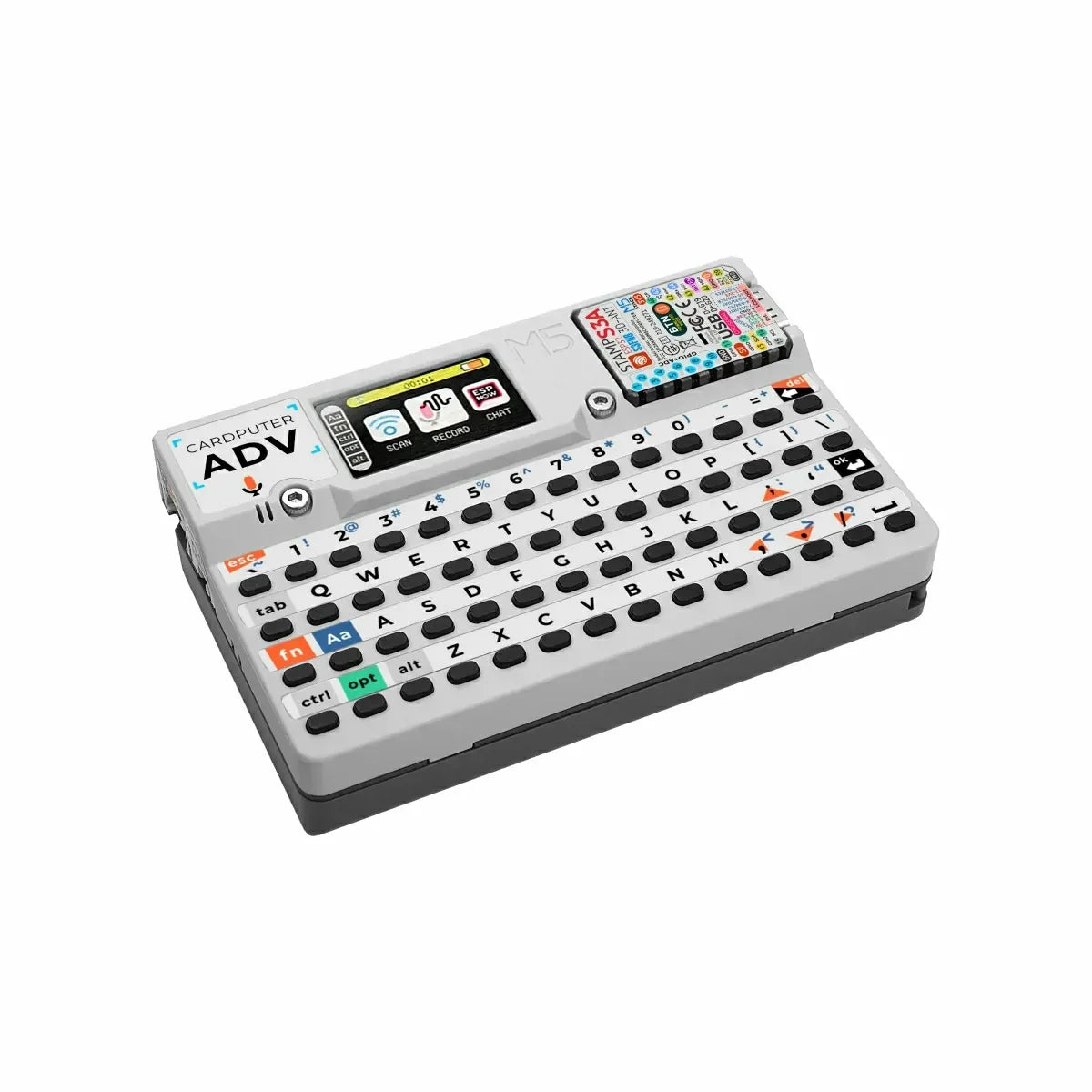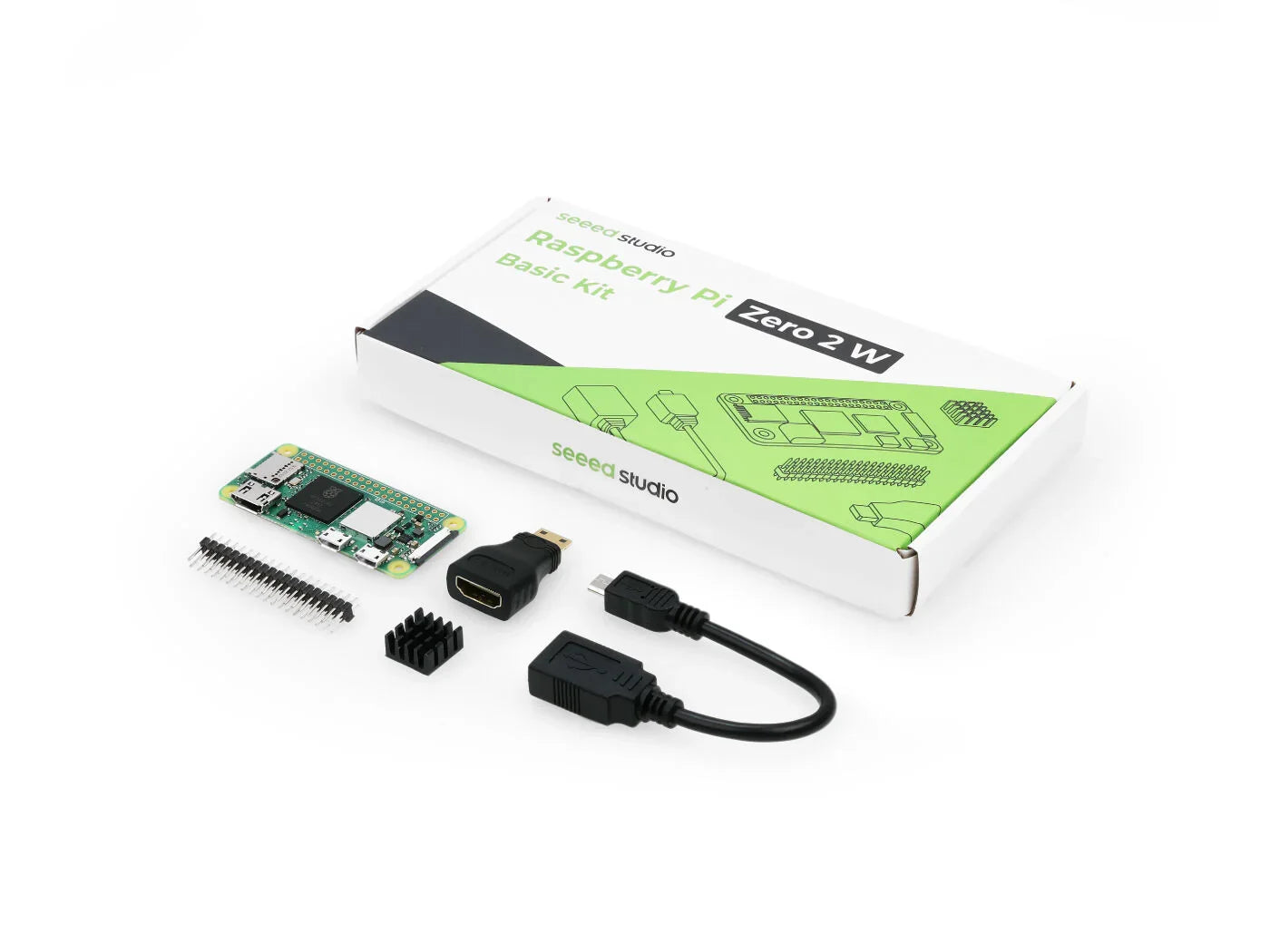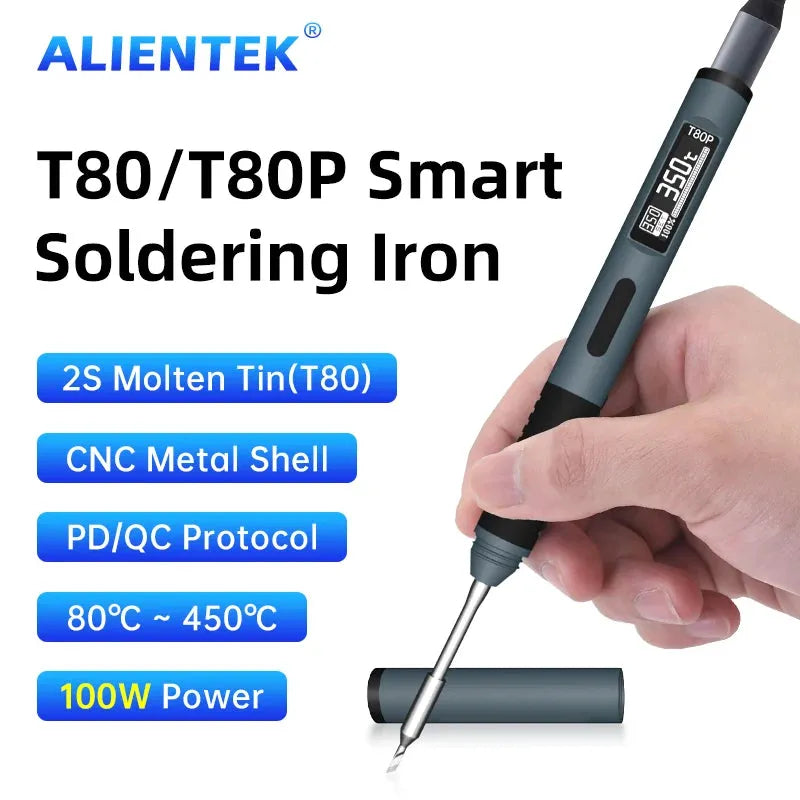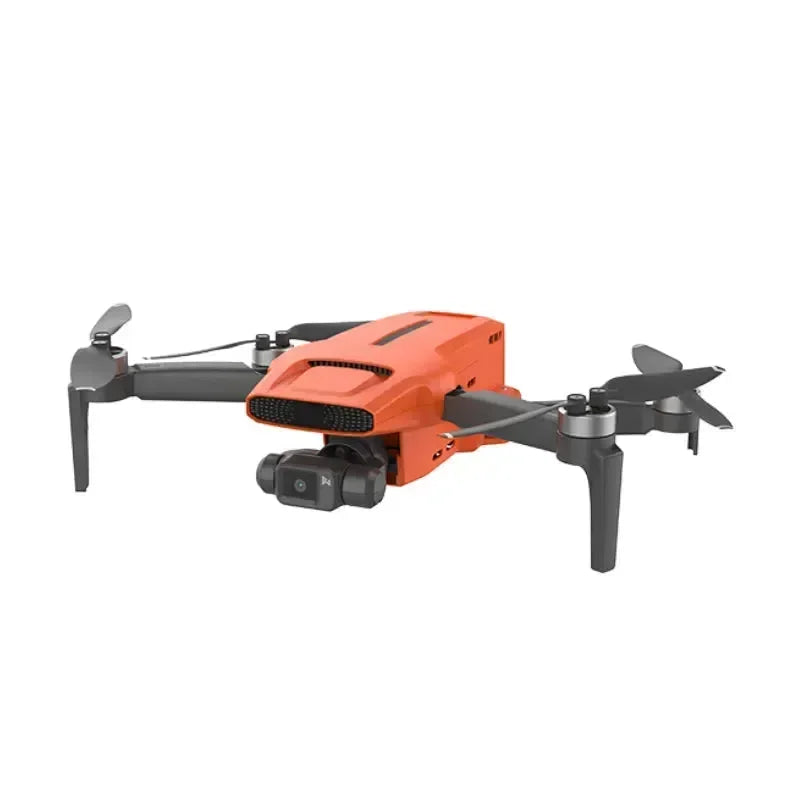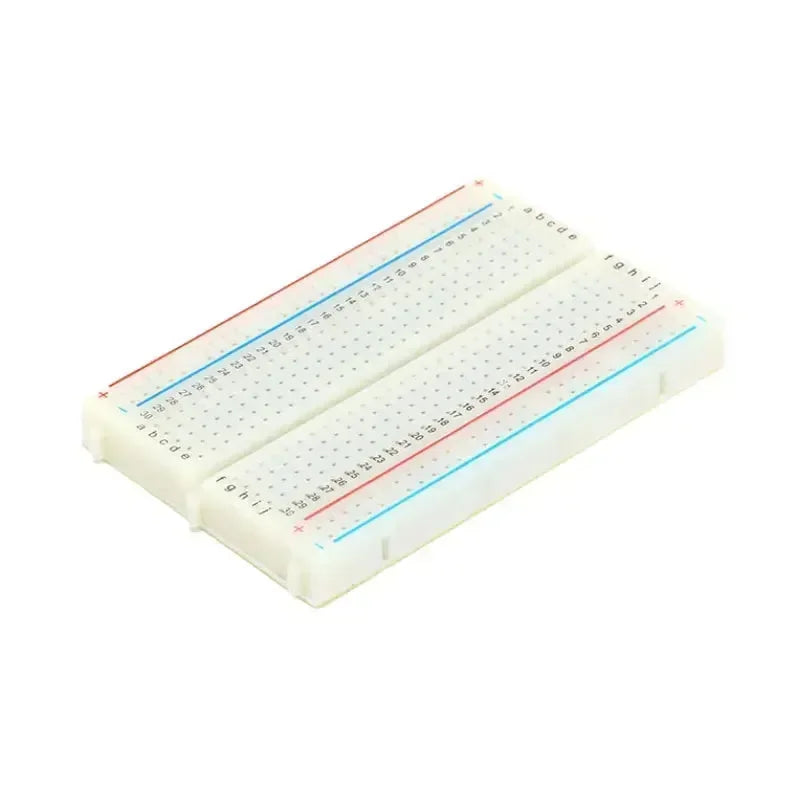Belangrijkste kenmerken van RFID 2 Unit
- Verbeterde Chipintegratie: De RFID 2 Unit bevat de WS1850S chip, die betere prestaties biedt dan zijn voorganger (RFID UNIT met RC522 chip). Hoewel de kernfunctionaliteiten ongewijzigd blijven, zorgt de geüpgradede chip voor betere efficiëntie en betrouwbaarheid.
- Multifunctionaliteit:
- Lezen en schrijven van RF-kaarten
- Coderen en decoderen
- Beheer van autorisaties
- Ondersteuning voor contactloze kaartherkenning en verificatie
- Magnetische Veldinductietechnologie: Dit maakt contactloze, tweerichtingsinformatie-interactie mogelijk, wat zorgt voor snelle en veilige gegevensuitwisseling.
- Brede Compatibiliteit: Werkt naadloos met proximitykaarten, IC-kaarten en zelfs NFC-compatibele mobiele apparaten.
Toepassingsscenario's
- Access Control Systems: Zorg voor veilige toegang en uitgang voor beperkte gebieden.
- Check-in Systems: Maak aanwezigheidsbeheer eenvoudiger in kantoren, scholen of evenementen.
- Warehouse Management: Vereenvoudig het proces van het volgen van goederen die opslagfaciliteiten binnenkomen en verlaten.
- Community Vehicle Registration: Automatiseer voertuig in- en uitrijregistraties voor woonwijken of commerciële complexen.
| Middelen | Unit RFID 2 | Unit RFID |
| Lees- en schrijf IC | WS1850S | MFRC522 |
| Bedrijf frequentie | 13.56MHz | |
| Communicatieprotocol | I2C: 0x28 | |
| Ondersteund protocol | ISO14443A, MIFARE en NTAG | |
| Bedrijfstemperatuur | -20℃ - 85℃ | -20℃ - 85℃ |
| Nettogewicht | 6g | 6g |
| Brutogewicht | 21g | 21g |
| Productgrootte | 48 * 24 * 8mm | 48 * 24 * 8mm |
| Verpakkingsgrootte | 136 * 92 * 8mm | 67 * 53 * 12mm |
Hoe de RFID 2 Unit te gebruiken
Benodigde materialen:
- M5Core: De besturingseenheid, gebruikt voor het uitvoeren van het systeem en het beheren van verschillende modules.
- RFID 2 Units: Leesmappen, gebruikt voor het lezen van RFID-tags.
- Type-C: Kabel gebruikt voor stroomverbinding of gegevensoverdracht.
- M5Stack Unbuckled Grove Cable: Grove interfacekabel, gebruikt voor het verbinden van sensoren met de hoofdcontroller.
Volg deze stappen om te beginnen met de RFID 2 Unit:
- Hardware Setup: Verbind de RFID 2 Unit met Poort A (pinnen 22 en 21) van het M5Stack Core apparaat.
- Softwareconfiguratie:
- Gebruik de meegeleverde voorbeeldcode (
RFID.ino) om de functionaliteit van de unit te testen.
Belangrijkste punten van voorbeeldcode
#include "MFRC522_I2C.h"
MFRC522 mfrc522(0x28); // Maak MFRC522 instantie aan.
void setup() {
M5.begin(); // Initialiseer M5Stack
M5.Power.begin(); // Initialiseer stroommodule
M5.lcd.setTextSize(2); // Stel tekstgrootte in
M5.Lcd.println("MFRC522 Test")
Wire.begin(); // Initialiseer I2C-bus
mfrc522.PCD_Init(); // Initialiseer MFRC522
M5.Lcd.println("Plaats de kaart
UID:");
}
void loop() {
M5.Lcd.setCursor(40, 47);
if (!mfrc522.PICC_IsNewCardPresent() || !mfrc522.PICC_ReadCardSerial()) {
delay(200);
return;
}
M5.Lcd.fillRect(42, 47, 320, 20, BLACK);
for (byte i = 0; i < mfrc522.uid.size; i++) {
M5.Lcd.print(mfrc522.uid.uidByte[i] < 0x10 ? '0' : ' ');
M5.Lcd.print(mfrc522.uid.uidByte[i], HEX);
}
M5.Lcd.println(');
}
Stappen uitgelegd:
- Initialization: De code initialiseert het M5Stack-apparaat en de RFID-module.
- Card Detection: Het programma detecteert nieuwe kaarten die dicht bij de RFID-lezer worden geplaatst.
- ID Display: Zodra gedetecteerd, wordt de unieke ID (UID) van de kaart weergegeven op het scherm van de M5Stack Core.
De M5Stack RFID 2 Unit is een krachtig hulpmiddel voor het implementeren van RFID-gebaseerde oplossingen in diverse scenario's. De robuuste functies, gecombineerd met een gebruiksvriendelijke interface, maken het een betrouwbare keuze voor ontwikkelaars en systeemintegratoren. Of u nu toegangssystemen, inventarisatiesystemen of geautomatiseerde check-ins beheert, dit apparaat biedt een efficiënte en kosteneffectieve oplossing.
Uitgelichte Artikelen
- Wat is het verschil tussen M5StickC PLUS en PLUS2?
- M5Stack Beginner: M5Burner Brandproces
- Wat is het verschil tussen m5stack controllers?
-
M5Stack Cardputer Project: RFID
Veelgestelde vragen
vergelijking tussen WS1850S en MFRC522 chips
| Kenmerk | WS1850S | MFRC522 |
| Chiptype | Lees/Schrijf IC | Lees/Schrijf IC |
| Ondersteunde protocollen | ISO/IEC 14443 Type A/Type B | ISO/IEC 14443 Type A |
| Communicatie-interface | I2C (adres: 0x28) | SPI, UART, I2C |
| Bedrijf frequentie | 13.56 MHz | 13.56 MHz |
| Vermogensverbruik | Over het algemeen lager | Laag, maar iets hoger vergeleken met WS1850S |
| Belangrijkste kenmerken | Ondersteunt bredere protocollen, inclusief Type B, geschikt voor veelzijdige toepassingen | Gefocust op Type A, ideaal voor basis RFID-toepassingen |
| Hardwareontwerp | Sterk geïntegreerd, geschikt voor embedded toepassingen | Minder geïntegreerd, vereist ondersteuning van externe circuits |
| Toepassingen | Geavanceerde NFC-toepassingen, zoals betaling en toegangscontrole | Basis RFID-projecten, zoals deursystemen |
| Pakketgrootte | Kleiner, ideaal voor draagbare apparaten | Iets groter, vaak gebruikt met modules |
| Marktprijs | Over het algemeen hoger dan MFRC522 | Kosteneffectief, geschikt voor budgetprojecten |
| Documentatie & Ondersteuning | Beperkt, afhankelijk van de middelen van de fabrikant | Goed gedocumenteerd, breed ondersteund door de community |

